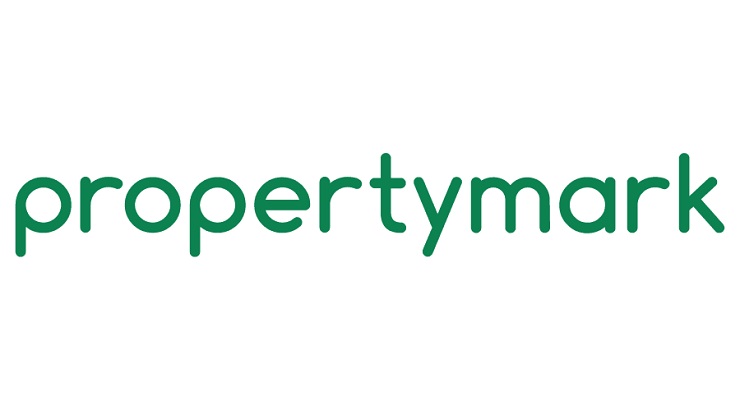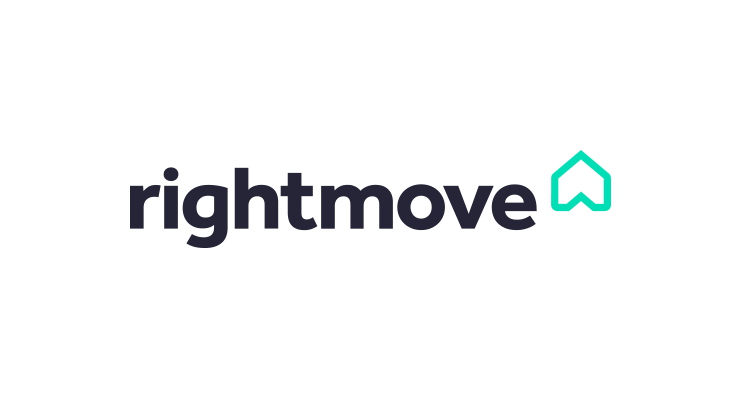Offilancer has key answers to Work and who and where and how it will be done in the 2030’s
The fallout from the collapse and bankruptcy of WeWork a co-working provider as we know is just beginning. A behemoth that had a market capitalisation of $47 billion, raised over $13 billion in funding and had over 45 million square feet of commercial real estate in its operations. Its value or now non-value hinged on many things, aside from the antics of Adam Neumann, mostly it was about the fact that WORK was changing globally. Who was doing it, where it was being done and how, and the fact that coming into the office or other commercial real estate asset was no longer a given as hybrid work is here to stay.
The change in the landscape of work was speeded by Covid-19 which forced huge swathes of workers to work from home, and left many commercial real estate assets empty or partially utilised causing a massive financial headache for operators and owners. An industry that have been a very solid and predictable business, where long term returns were baked into known business models was thrown into the wind. And for a time WeWork was seen as a saviour a way to fractionalise the commercial buildings, and safeguard the payment of rents and keep occupation levels high, with a type of pay on demand model.
If WeWork is not the answer it is clear that there definitely is a global watershed regarding work, and in my day job I have worked and spoken to and been consulted on what the future of work will be and as importantly what this means for the owners and operators of commercial real estate, and all the other stakeholders in that vertical, with businesses themselves sitting at the apex, because most of all Capitalism works best when all things flow.
At present occupancy of buildings is at an all-time low, and there is a push from workers to have a WFH element to their work week, and businesses are feeling that they need to get workers back in the office, even governments, to mind the skills gap and get … productive results.
Putting it bluntly – someone needs to find a trusted fix for all of what is happening now, which addresses the needs and wants of everyone, a very tall order, which is until I came across a person and a company you probably have never heard of Hojjat Attar CEO and co-founder of a company based in the Netherlands Offilancer.
Not only is he a very bright founder who stands out (and I have met nearly a thousand), but his company Offilancer has put together a tested and proven way forward that overcomes the new way work needs to be carried out. I have been speaking with Hojjat for months and very early on he said some profound things that got me thinking, here are a few,
‘People who work from home are often more productive, than those who work a traditional work pattern in the office, but they are less inventive and hold back companies as they think in isolation’
‘You cannot plan how to increase productivity and profitability for a company without first looking at their vast ocean of data which is so complex that they would never understand its value or message’
‘To ensure growth, peak occupancy of buildings is paramount, but to know who needs to be where and when, and to do this without alienating your teams making sure you have their hearts and minds is central but very difficult to execute.’
For Hojjat and Offilancer they take it as a given that the Hybrid Office is now the ‘new normal ‘combining the benefits of remote working and office working. They want to empower business owners to walk the tightrope of ‘balancing my building and people to perform at maximum capacity’ utilising Artificial intelligence. Their core service sets out to solve the problem of the reduction of team overlap time in the office, reduce office cost, stimulate innovation at the workplace and improve mental wellbeing. But what I found absolutely incredible was that Offilancer provides a work day matrix allowing planning of future work, Offilancer takes out the guesswork of what profitable work should be.
Offilancer splits work down into Strategic planning, where they simulate hybrid office scenarios, measure required office space and optimize the businesses workplace strategy. Together with Operational planning, with personalised plans for each employee (the hearts and minds), collaboration plans for each teams, and office plans for each workplace.
CEO of Offilancer Hojjat Attar further comments, ‘We let businesses choose their optimization goal, and create tailor-made plans for their hybrid office based on multiple dimensions; the business needs of each team, the personal needs of each employee, capacities, office capacities, meeting room capacities, dependencies between different colleagues and between different teams.’
Having succesfully dealt with a number of large companies and utilising the knowledge gained Hojjat further comments that Offilancer has delivered several tangible results,
‘We increased office collaborations by 32%, by setting a minimum for office collaboration days for each of teams and projects, and increase their overlap in the office, as opposed to the usual manual planning process. There was also a reduction of the amount of office space required by 31% by efficiently managing their real estate assets including shared spaces, meeting rooms and etc… to reduce unnecessary costs.
We increased ‘Random Run-Ins’ by 35%, boosting innovation by encouraging random encounters between all colleagues from different teams in the office. 35% more random encounters in the office compared to manual planning. And we made the employees happier, as they set their preferences and needs, and we create balanced hybrid office schedules that combine their needs with the needs of the company.’
‘Our tailor-made plans for each employee improve continuously with the application of machine learning on their feedback. We work together with employees to make them happier and more productive. It allows the ability to add new teams smoothly without adding space. The stimulation of social interactions between specific teams, work space scenario planning, smart reports on remote and office working.’
So, looking at why WeWork failed, maybe it was because as many analysts and commentators have described it WeWork was not really a Proptech business which addressed the needs of the workforce, it was more a rent-to-rent model. In contrast Offilancer which has nothing to do with the co-worker industry, but is very much engaged with solving how businesses get over the hump of what new working is, may well prove to be a model worth adoption on a universal scale.
To contact Hojjat Attar either go to the Offilancer website or drop him a personal line on Linkedin. He is a very busy person, but the enormity and complexity of what Offilancer delivers really deserves the attention of anyone running a business wishing to de-risk their work opertaions now and in the future.
Where is Commercial Real Estate Heading? – Analysis by staff reporter Zara Stanton
The future of commercial real estate (CRE) is influenced by several key trends and factors. These factors collectively shape the future of commercial real estate, making it a dynamic sector that continues to evolve with changes in technology, consumer behaviour, and economic conditions. The ten most important factors are:
Technological Advancements: Technology is playing a significant role in shaping the future of CRE. The adoption of PropTech (Property Technology), which includes AI, IoT, and blockchain, is changing how properties are bought, sold, and managed. For instance, AI can assist in predictive maintenance of buildings, while blockchain could revolutionize property transactions and record-keeping.
Remote Work Impact: The rise of remote work due to the COVID-19 pandemic has had a profound impact on office spaces. There is a growing trend towards flexible workspaces and a reduction in demand for traditional office spaces in some regions. This shift could lead to a transformation in how office spaces are designed and utilized.
E-Commerce and Warehousing: The boom in e-commerce has increased the demand for warehouse and logistics properties. Companies are seeking more storage and distribution centres to meet the rapid delivery expectations of consumers. This trend is expected to continue, potentially leading to more investment in industrial real estate.
Sustainability Focus: There is an increasing emphasis on sustainability in the real estate sector. Energy-efficient buildings, green spaces, and sustainable construction materials are becoming more prominent. This shift not only caters to environmental concerns but also to the demands of a growing segment of environmentally conscious tenants and investors.
Urbanization and Mixed-Use Developments: Urbanization continues to drive demand for commercial real estate in city centres. Mixed-use developments that combine residential, commercial, and recreational spaces are becoming popular, offering convenience and a better quality of life in urban settings.
Demographic Shifts: Demographic changes, such as aging populations in some countries and the rise of millennials and Generation Z with different lifestyle preferences, are influencing the types of commercial properties in demand. This might lead to more age-specific accommodations like senior living facilities or youth-centric entertainment hubs.
Global Economic Factors: Economic conditions, interest rates, and global events can significantly impact the CRE market. For example, economic downturns can reduce demand for commercial spaces, while low interest rates can make real estate investments more attractive.
Regulatory Changes: Government policies and regulations related to real estate can have a substantial impact. This includes zoning laws, building regulations, and tax policies which can either encourage or hinder real estate development and investment.
Retail Sector Transformation: The retail sector is undergoing a transformation with the rise of online shopping. Brick-and-mortar stores are evolving to offer more experiential and service-oriented environments. This could lead to a reshaping of retail spaces to focus more on experience rather than just sales.
Investment Patterns: The pattern of investment in CRE is also changing, with more institutional investors and REITs (Real Estate Investment Trusts) entering the market. There’s also a growing interest in alternative real estate sectors like data centres, healthcare facilities, and student housing.









